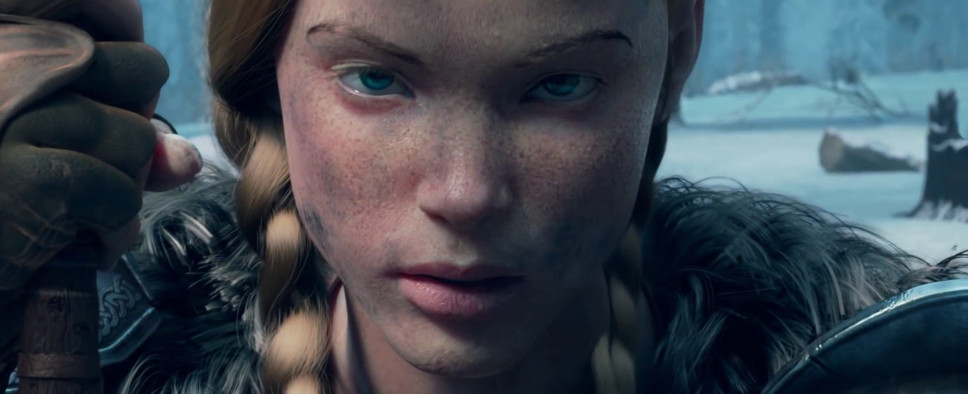Titan Quest: Ragnarok Review
-
Category: ReviewsHits: 18368

Article Index
New Class
One of the main additions of the Ragnarok DLC is the Rune Mastery, which brings the total number of masteries in the game up to ten. Rune Masters are basically battlemages, with a variety of physical and magical abilities, so they fit in well with all nine of the other masteries. Some of the Rune Master's skills include Rune Weapon (which infuses their basic attacks with magic and gives them health steal), Thunder Strike (which deals explosive damage to an enemy), Runic Mines (which deploys defensive mines), and Runeword: Absorb (which makes their shield work better).
I played through the entire game using the Rune Mastery coupled with the Spirit Mastery (which made my character a "shaman"). Everything seemed easier this time around, and I suspect that Pieces Interactive has succumbed to a bit of DLC bloat, where developers make all of the new items in their latest DLC more powerful than everything that came before, so players have a reason to visit. (And if the Rune Mastery isn't strictly overpowered, then some of the new charms and artifacts added to the game certainly are.)
But still, the Rune Mastery is different than all of the other masteries, and I had a fun enough time using it for the campaign. So it gives you a decent excuse to take Titan Quest out for a spin again, assuming that you actually need an excuse.
New Act
The other main addition of the Ragnarok DLC is a new final act. You start out in Corinth in Greece, and you learn that with the titans and Olympian gods now out of the way, some of Poseidon's creatures (but not Poseidon himself) have decided to fill the void. So you have to fight lots of sea creatures, culminating with a battle against a monster called a Ketos (aka Cetus), which unfortunately reminded me more of a sock puppet rather than something fierce and dangerous. After winning these battles, you're invited to Scandinavia to do the same thing there. However, when you arrive, your planned assault turns into a rescue operation, and then eventually you're tasked with preventing no less than Ragnarok.
If wasn't clear from the above paragraph, the Ragnarok DLC deals with German and Norse mythology. That means you'll be dealing with the likes of Nerthus, the Dvergr, and Muspelheim. If none of those names sound familiar to you, never fear. You'll also meet some famous entities like Odin and Loki (but not Thor).
More importantly, because the DLC takes place in Scandinavia, you get to explore mountains and forests, often in winter settings, and so the new parts of the game look dramatically different than the old. Also, because the environment is colder, the new equipment in the game is different as well. Instead of the sandals and bracelets and breezy leather gear that made sense in the Mediterranean, you now get gloves and boots and even pants. So your character looks different as well.
In fact, the look of the DLC is the best part. Pieces Interactive did a nice job with the new maps. They're a little more winding and complicated than Iron Lore's maps, but this gave Pieces Interactive a chance to hide things (like bandit camps with majestic chests) in out of the way corners, which you find if you're thorough and but walk right by if you're not. They also did some impressive work with the Corinth maps, fitting them in seamlessly with the existing Greek maps. The new equipment also has its highlights, but every time my character tried on a pair of pants, she looked like she gained 50 pounds and put on sweats to hide it, and so I stayed with my Greek gear there.

